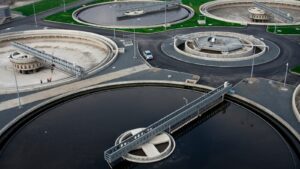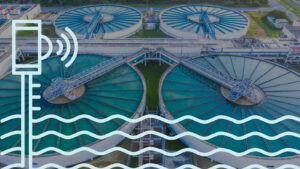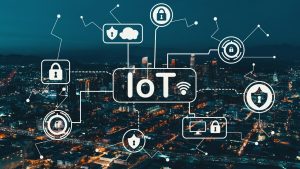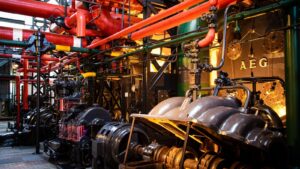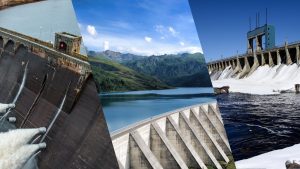Enhancing recycled water quality is crucial for providing clean and safe water while conserving valuable resources. How about having a sophisticated solution through modern technology? ‘Digital Twin’ is what helps to ensure the recycled water quality in your plants. This is a mirror image of real water treatment systems but in the digital world. With Digital Twin, you can keep a close eye on water quality and spot abnormalities in real time.
In this blog article, we will explore how these digital wonders, Digital Twin, work their power to ensure Australian recycled water is top-notch.
Presenting 'Digital Twin' Technology
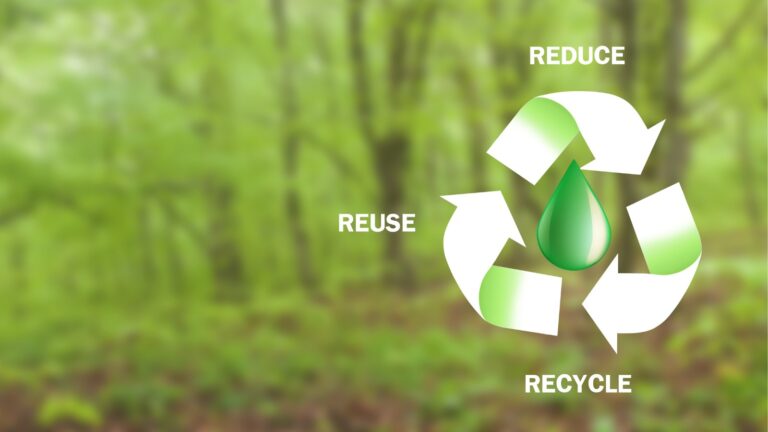
A digital twin is a virtual representation or simulation of a real-world thing, system, or procedure. It builds a dynamic digital version of the real-world parallel that matches its behaviour and attributes using real-time data from sensors, devices, and other sources. This technology makes it possible to thoroughly monitor, examine, and optimise physical assets and procedures.
Authorities can conduct various actions that range from enhancing efficiency and saving downtime to boosting overall performance by implementing digital twin technology. It allows valuable insights, predictive maintenance, scenario simulation, and decision-making to the water plant authorities. Not only the utility industry, the usage of digital Twin is expanding across several sectors, including manufacturing, healthcare, transportation, and urban planning, to boost productivity and innovation while lowering costs.
Top Ways Digital Twin Optimises Recycled Water Quality
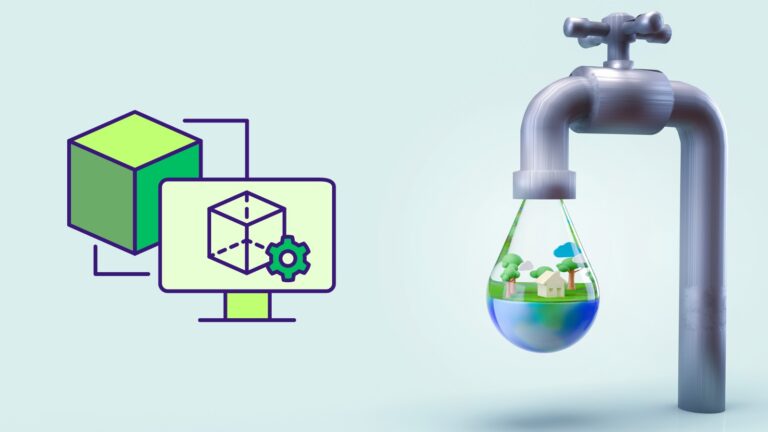
Data Integration
Digital Twin technology is sort of an excellent way to optimise recycled water quality through sophisticated data integration. It can seamlessly gather data from diverse sources like sensors, satellite imagery, and historical records in the first place. This data helps Digital Twin to construct a comprehensive and real-time representation of the entire water system. This comprehensive view empowers decision-makers with invaluable insights into water quality management.
The power of technology does not end here. It also enables the monitoring of vital parameters and the detection of anomalies in real-time. Plus, Digital Twin leverages data integration capabilities across other software like IoT, AI, and CAD to offer a unified perspective of intricate systems. You will see that this integration not only enhances operational efficiency but also facilitates proactive measures, ensuring that recycled water quality consistently meets the desired standards.
Scenario Testing
They provide a virtual environment where operators can experiment with different scenarios. This includes modifications to the treatment procedures or changes to the water source’s quality. These models allow for a full evaluation of the possible effects on water quality.
The best thing about this is that the operators obtain important insights into how adjustments may impact the results of water treatment by virtually simulating these circumstances. This information supports well-informed decision-making, as operators can choose the most effective strategies to maintain or improve water quality.
Weather and Environmental Impact Predictions
Digital Twin extends its power to data integration by incorporating real-time weather and environmental data into their simulations. That is what provides the authorities a forward-looking perspective on potential impacts on water quality. Digital Twin can forecast how environmental variables like temperature, precipitation, and pollution levels may affect the water system by evaluating this data.
This predictive capability allows them to take proactive measures, such as adjusting treatment processes or altering water source management, to mitigate potential water quality issues before they become critical. You can see how Digital Twin helps businesses uphold the intended water quality requirements amidst changing environmental factors, resulting in a more robust and consistent water supply.
Resource Allocation
When they are creating a dynamic virtual replica of the physical water treatment system, they can continuously analyse data in real-time. How is this possible? It allows for precise adjustments in the allocation of chemicals, energy, and other resources. This optimisation is what ensures that water treatment processes remain not only efficient but also highly effective in maintaining the desired water quality standards.
With the help of a digital twin solution, it is possible to respond to changing circumstances with a fine-tuned reaction. This technology makes it possible to employ resources wisely while reducing waste and operating expenses. This skill ultimately makes an important contribution to sustainable water quality management by finding a balance between resource conservation and superior water quality.
Early Detection of Anomalies
It is always better to prevent it before something occurs. Do you agree? That is why it is needed to Protect water quality by quickly spotting deviations from set standards for water quality measures. These advanced system representations of actual water systems have the ability to track and evaluate current data. Workers are immediately informed by Digital Twin of any abnormalities or deviations, allowing them to take rapid and precise remedial action.
This quick reaction capability is essential for stopping water quality degrades and potential compliance violations. In addition to ensuring that water quality standards are consistently met, Digital Twin also helps to reduce risks and operational disruptions as a result. Plus, it can strengthen the dependability and resilience of water treatment processes, and it also improves the overall quality of recycled water.
Energy Efficiency
As the whole world is enthusiastic about eco-friendly business initiatives, it is important to focus on energy efficiency efforts within the water treatment plants. This technology can give insights that enable accurate control and decrease energy use as the best outcome. Consequently, it helps with lowering operating costs, using dynamic modelling and real-time data analysis in the recycled water plant operations. On the other hand, these Digital Twin make sure that requirements for water purity are not compromised by these energy-saving solutions.
The latter creates the right balance between cost-effectiveness and high-quality water treatment by continually monitoring and modifying operations in response to changes in demand or water source conditions. The capacity to improve the energy economy while maintaining water quality requirements not only supports sustainability but also helps water treatment facilities to be financially viable.
Accurate Monitoring
With the use of Digital Twin, it is possible to continuously monitor key water quality indicators such as clarity, pH, dissolved oxygen, and contaminant levels. As a result of ongoing inspections, recycled water is constantly kept up to the highest standards of purity. Digital Twin can provide an accurate and current image of the water system by combining data from sensors and other sources in real-time.
This proactive approach empowers authorities to swiftly respond to variations and take corrective actions on time. That initiative guarantees that the recycled water remains within the desired quality standards as expected.
Predictive Maintenance
As you can witness, this has the ability to gather some real-time data from sensors and equipment to forecast maintenance or replacement requirements accurately. This predictive power is essential for avoiding unexpected failures that could lower water quality. The best thing about the Digital Twin solution is that it can spot early indications of wear, deterioration, or inefficiency by continually reviewing the performance data of crucial components.
As a result, operators can proactively schedule maintenance or replacement activities. This is to ensure that the treatment system remains in peak condition. This preventive approach not only enhances the reliability and longevity of equipment but also safeguards water quality standards.
Maintaining Standards With New Innovation
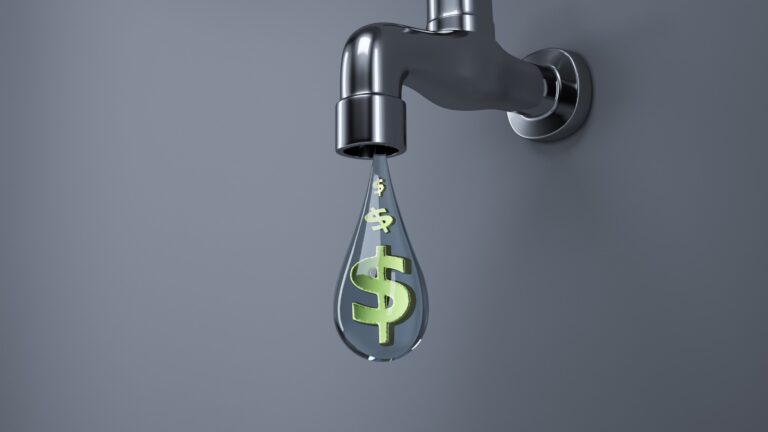
Top quality is the main expectation when it comes to industrial operations. Why don’t we leverage the power of modern technology when we can easily upgrade the quality by utilising it? That is something to think about! These innovations not only help with streamlining operational processes but also serve as a cost-cutting tool. If you want to see the horizon of success, take the ‘boat’ of technology with you.

